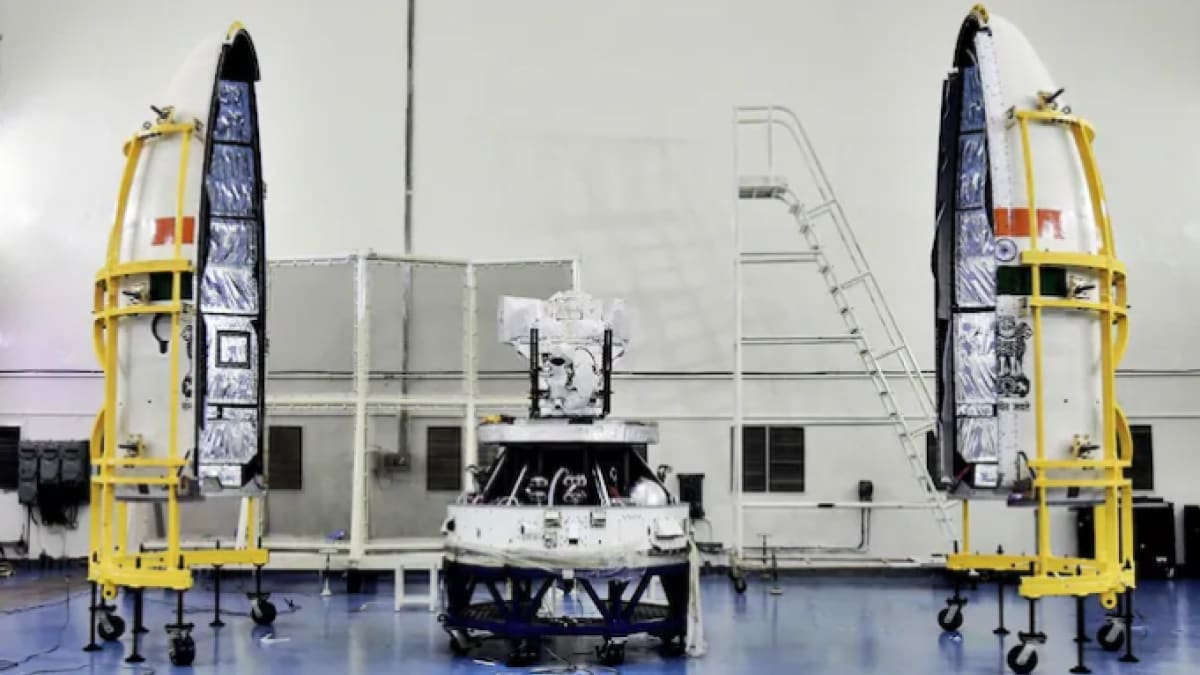ISRO’s EOS-08 satellite takes thermal images of Pune: Details

The Indian Space Research Organisation (ISRO) recently announced the commencement of operations for its Electro Optical-Infrared (EOIR) payload mounted on the EOS-08 Earth Observation Satellite. The satellite was launched on August 16 on the space agency’s Small Satellite Launch Vehicle (SSLV). The primary objective of this mission is to enhance India’s thermal imaging capabilities. The EOIR payload, which is said to be state-of-the-art, has been developed by ISRO’s Space Applications Centre (SAC) and is equipped with mid-wave infrared (MIR) and long-wave infrared (LWIR) channels and offers high-resolution imaging capabilities.
First thermal images captured
On August 19, the EOIR payload captured its first thermal image over Pune, demonstrating the accuracy of the MIR channel, confirmed the Indian Space Agency. Just two days later, on August 21, it captured images of the Namibian desert, using the LWIR channel to provide detailed thermal data.
![]()
EOIR image over Pune city
Photo Credit: ISRO
These images demonstrate the payload’s ability to capture temperature variations with spatial accuracy of up to eight meters, significantly improving thermal mapping. These technologies will play a critical role in a variety of sectors, including agriculture, forest fire management and urban planning.
Comparison with Landsat-09
To validate the performance of the EOIR payload, the data were compared with those from the Thermal Infrared Sensor (TIRS) on the Landsat-09 satellite. The comparison over Santiago, Chile, confirmed the superior resolution of Isro’s technology, allowing for more accurate and detailed thermal measurements.
Applications in all disciplines
In agriculture, data from the EOIR payload can improve water use and crop yields by mapping soil moisture and monitoring vegetation health. Its ability to detect heat emissions makes it an effective tool for detecting and managing wildfires. Urban planners can also benefit by using the high-resolution data to identify Urban Heat Islands (UHI) and design sustainable cities.
Continuous validation
The EOIR data will be processed at the National Remote Sensing Centre (NRSC-ISRO), using algorithms created by SAC-ISRO. This will help provide actionable insights, strengthen the payload’s role in environmental monitoring and address climate challenges.




